M1
The 3 Reasons Why Football Coaches and Players Fail!
The 3 Reasons Why Football Coaches and Players Fail!
“Premier League stats back up Gareth Southgate’s fear over dwindling number of English players, Southgate bemoaned the number of English players who have featured in the Premier League this season, with less than a third so far being eligible for national team selection”
And research by Press Association shows that just over 30 per cent of top-flight playing time so far this season has gone to players eligible for the national team
Clearly something we are doing in England is not working and there appears to be ground we need to make up with the rest of European Football. Here we take a look at how we can refine our approach to Youth Development training by improving Technical and Psychological practices whilst combining Physical and Tactical components using tactical periodisation.
M1 incorporates a Technical Training Syllabus inspired by the Dutch playing Philosophy which was pioneered by Ajax and the Dutch National Football Team in 1960’s. The term ‘Total Football’ is used to describe this playing style and it has become the preferred Game Model for top teams such as FC Barcelona, Manchester City and Bayern Munich. The dutch Coach Rinus Michels is cited as the man who made this approach famous throughout the world along with his Protege Johan Cruyff and subsequently Pep Guardiola.
“Jane vanderveme (Youth Team Coach Ajax) always insisted on very specific training in which 5 fundamentals played a central part. Playing games always alternated between maintaining these five basic fundamentals of Football”
1. Passing
2. Dribbling
3. Control
4. Heading
5. Shooting
Johan Cruyff
Lets now take a look at how by building on this basic concept Ajax have become a European force over the last 50 years. Ajax has dominated the Dutch top-tier Eredivisie division, being crowned champions 34 times.
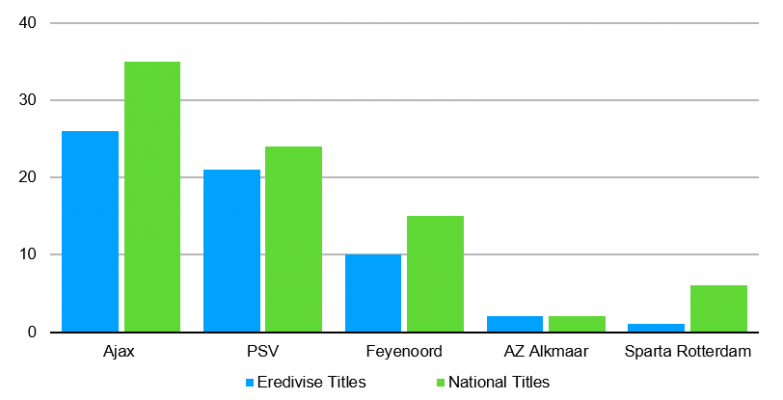
Ajax have won the European Cup/Champions League four times, and are one of three clubs that have won the competition three times consecutively. Ajax have also won the UEFA Cup Winners’ Cup once.
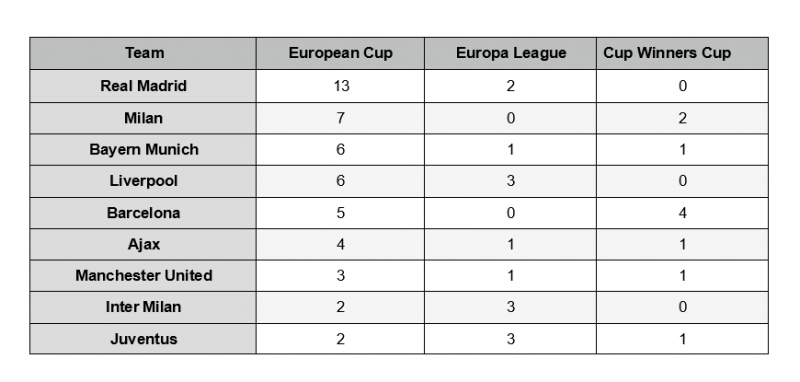
Listed here are the six clubs that have made the biggest profit in the transfer market since 2010 showing partly the strength of their Youth Development system.
Inspired by the Dutch Model all of our Sessions have a high focus on working with the Ball.
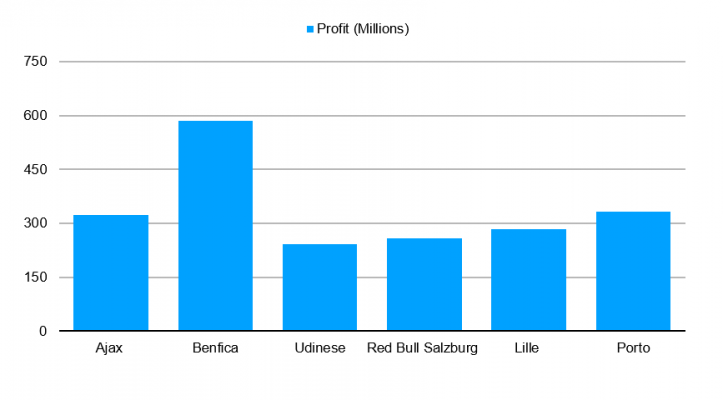
According to the best research, less than 3 percent of people have written goals, and less than 1 percent review and rewrite their goals on a daily basis. So lets look at a concept that incorporates goal setting as a way of achieving higher performance.
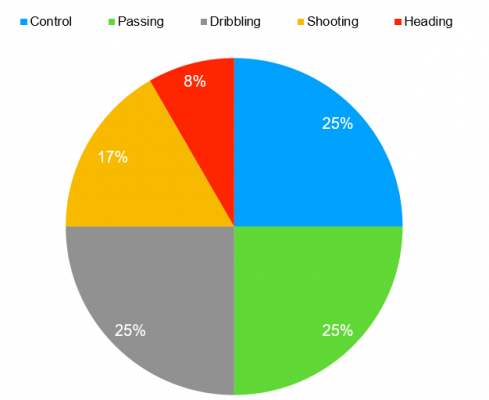
In positive psychology, a flow state is the mental state in which a person performing some activity is fully immersed in a feeling of energised focus, full involvement, and enjoyment in the process of the activity. In essence, flow is characterised by the complete absorption in what one does, and a resulting transformation in one’s sense of time
People who have experienced flow, describe the following feelings:
Good balance is required between the perceived challenges of the task and one’s perceived skills. Confidence in the ability to complete the task is required.
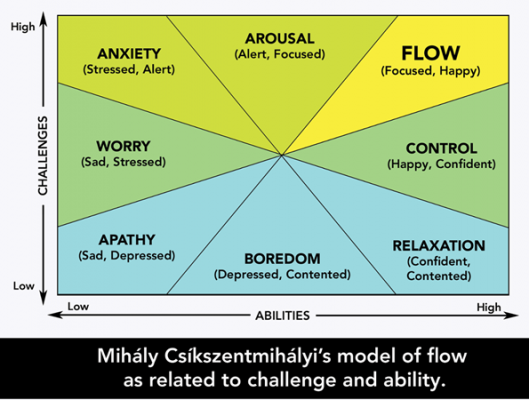
First of all what are small-sided games (SSG’s)?
SSG games are games, utilising fewer players (compared to 11 v 11) on a smaller sized pitch. They are widely used in football training across different age groups and levels of play.
From a scientific point of view, Small-Sided-Games provide reliable internal- (such as HR, RPE, and blood lactate concentration) and external responses (such as total distance covered) and therefore can be used as a conditioning format.
SSG’s seem to have many advantages (such as football specific movement, technical training, tactical improvements and inherent high motivational factors for training) over other conditioning formats which do not incorporate the ball. It seems that coaches, who in particular have only limited amount of time with the players, might benefit from SSG’s as they might increase the efficacy of training and even reduce the total training time because of the multi-functionality of SSG’s especially in youth players. Besides improvements in the aerobic endurance and anaerobic endurance changes were also seen in change of direction performance of players and technical abilities in youth players.

Certainly, the pitch-size needs to be linked to the amount of players involved and pitch sizes will be slightly smaller for youth players.
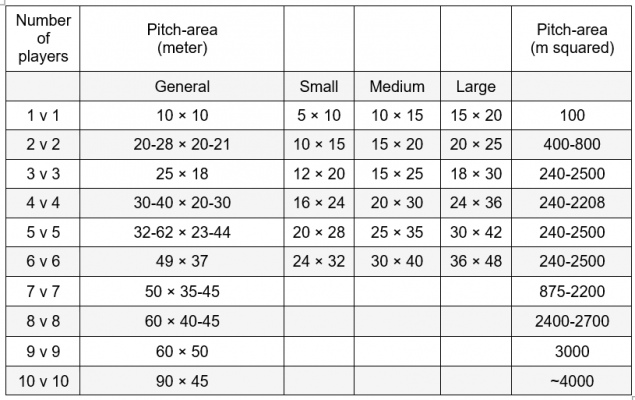
When the number of players is kept constant and the pitch-size is increased, exercise intensity increases as well. A smaller pitch size affects physiological aspects of the game and technical training compared to a larger pitch size. Curiously, while a smaller pitch size seems to decrease the possibility to maintain ball possession an increase in pitch size resulted in a decrease of passes, turns, dribbles, interceptions, target passes and changes were significantly different for shots and tackles and heart rate response.
To replicate tactical demands of different phases of play, its recommended to adjust pitch size (width and length) of different zones of the pitch. It is possible to design SSGs with a more valid representation of the tactical conditions experienced in full-size matches and their use may improve the training effect of tactical aspects of match performance in Football.
Smaller SSG’s (2 v 2) show greater physiological demands (heart rate, lactate accumulation and RPE) compared to bigger SSG’s (4 v 4; 6 v 6; 8 v 8), although the players have lower sprint duration, lower average maximal sprint duration, lower sprint distance and greater time between sprints.
Interestingly, the number of players tends to have no significant impact on total distance covered, high-intensity distance and RPE in untrained/amateur Football players.
The amount of players on relative pitch-size also influenced the tactical behaviour, showing that 3 v 3 games were more characterised by Attacking actions, while the bigger game 6 v 6 tend to show greater tactical aspects.